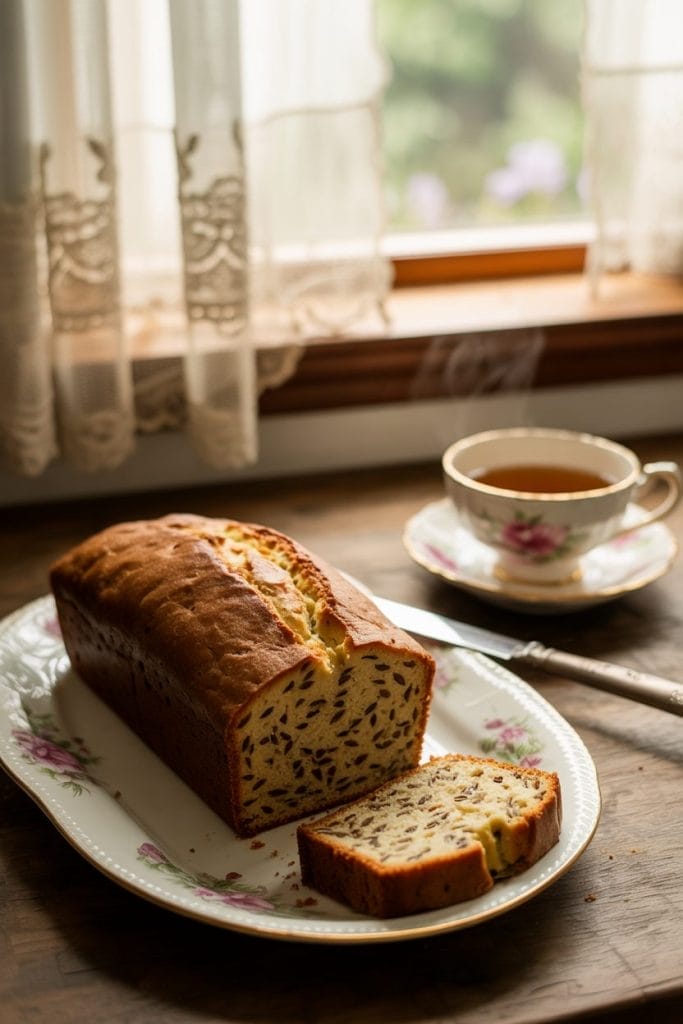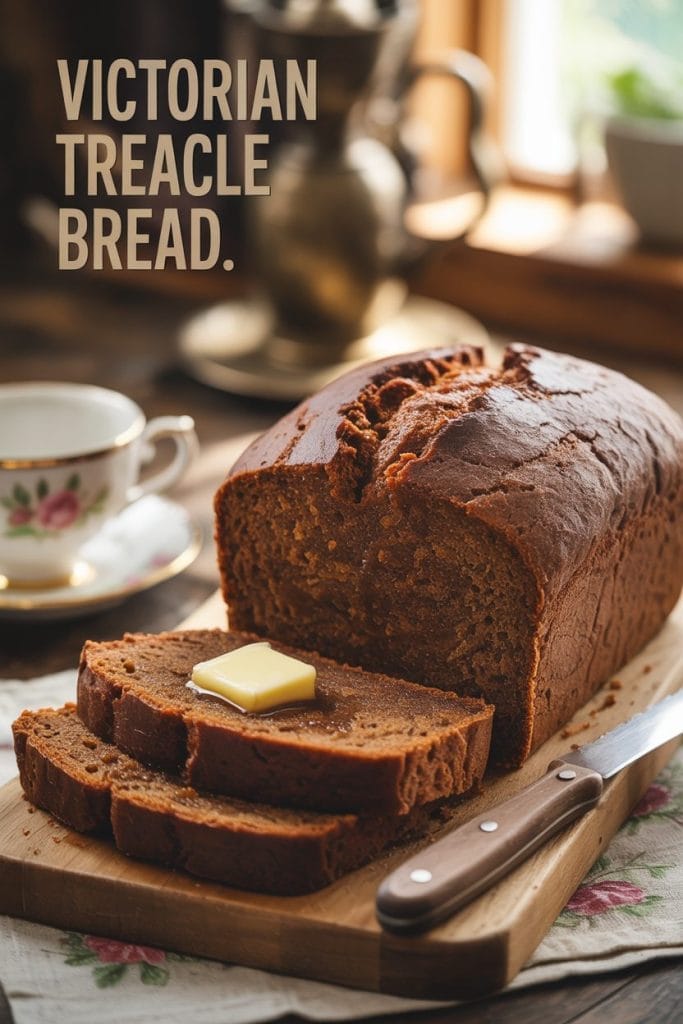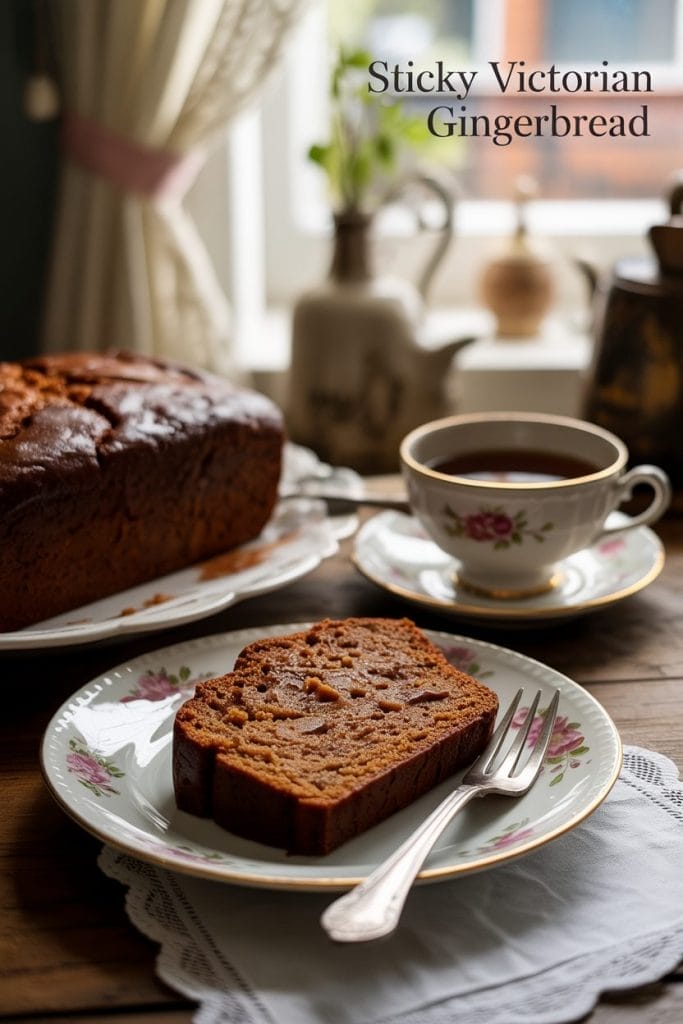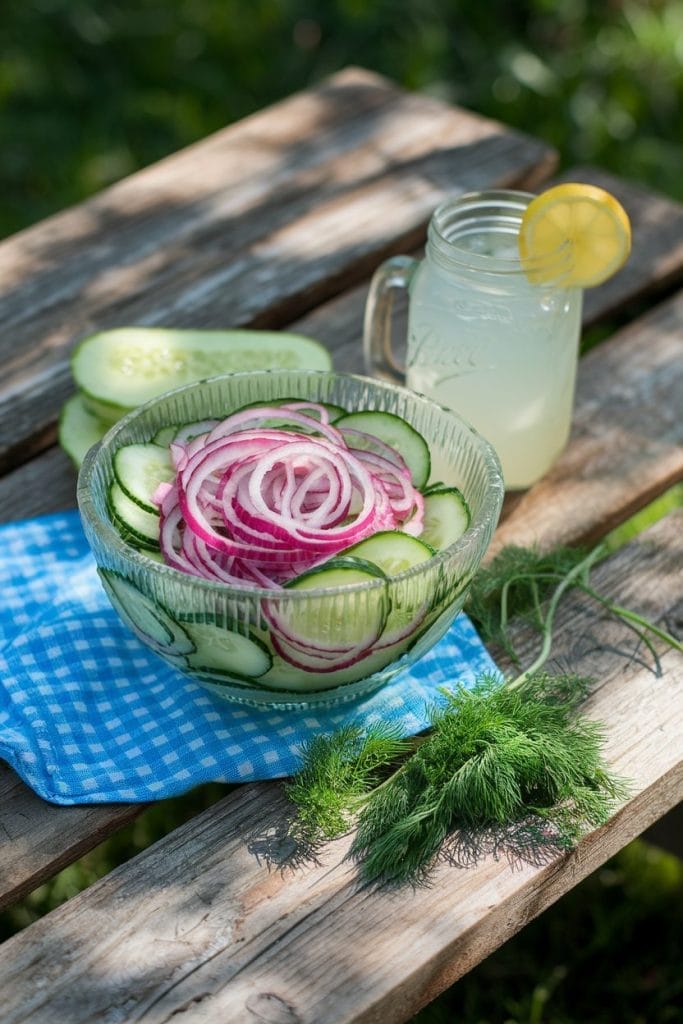Home > Single Recipes > Succotash Worth Serving at a Colonial Table: A Taste of Simplicity and History
Last Updated: April 7, 2025
I Made These FREE Vintage Recipe Tools JUST For You
This recipe was created with help from AI tools and carefully reviewed by a human. For more on how we use AI on this site, check out our Editorial Policy. Classic Fork earns a small commission from Amazon and other affiliate links at no extra cost to you, helping us keep our content free and honest.
Succotash Worth Serving at a Colonial Table: A Taste of Simplicity and History
Time Period:
Meal Type:
Cooking Time: 20 minutes
Prep Time: 15 minutes
Total Time: 35 minutes
Servings: 4
Calories: ~210 per serving
This old-school dish goes way back—like, musket and tricorn hat back. Succotash is warm, hearty, and packed with earthy flavors. It’s the kind of food that fills your belly without emptying your pantry.
It’s simple, yet it tastes like comfort in a bowl.

What Would You Cook in Wartime?
Step back in time and discover what you could make with limited wartime rations
History
Succotash comes from the Narragansett Native American word msíckquatash, meaning “boiled corn kernels.” Native tribes were making this long before the colonies came along.
Colonists picked it up quickly. Why? Because it used what was available—corn, beans, and whatever garden veg you had lying around. It became a survival food during harsh winters and a celebration dish in times of plenty.
It was one of the few dishes both Natives and settlers ate in common, a rare overlap in a divided world.
Equipments
- Cast iron skillet (I love this one from Lodge) or Dutch oven (This one is gorgeous)
- Wooden spoon (Love environmet & style? Get this bamboo spoon set)
- Sharp knife (Chefs envy this knife set)
- Cutting board (My favorite cutting board set)
- Measuring cups and spoons
- Medium bowl (for prepping veggies)
Ingredients
- 2 cups fresh or frozen corn kernels
- 1½ cups cooked lima beans (or butter beans)
- 1 small onion, finely chopped
- 1 bell pepper, chopped (optional but historically accurate)
- 1 tablespoon butter or lard (depending on how old-school you want it)
- Salt and pepper to taste
- ½ cup heavy cream or milk (some colonial versions added this later)
- Fresh herbs like parsley or thyme (if you’ve got them growing)

Instructions
Step 1: Prep Your Veggies
Chop the onion and bell pepper. If you’re using frozen corn and beans, rinse and drain them.
Step 2: Sauté the Aromatics
Heat the butter or lard in your skillet over medium heat. Add chopped onion and bell pepper. Stir and cook until soft and fragrant, about 5 minutes.

Step 3: Add Corn and Beans
Toss in the corn and beans. Stir everything together and cook for another 10 minutes. Stir often so it doesn’t stick to the bottom.
Step 4: Add Cream and Simmer
Pour in the cream (or milk). Stir well and let it simmer gently for about 5 more minutes. Don’t let it boil—just a gentle bubble.
Step 5: Season and Serve
Add salt, pepper, and herbs to taste. Give it one last stir and serve hot.
Special Notes
- No cream in the original Native recipe. That was a colonial addition.
- Some versions included bits of salted pork or even dried fish.
- Don’t overcook the veggies—this dish should still have some bite.
- You can easily make this vegan by skipping butter and cream. Use olive oil or plant-based options.
Nutrition
Per Serving:
Calories: ~210
Protein: 7g
Fat: 8g
Carbs: 28g
Fiber: 6g
Sugar: 4g

Maggie Hartwell
Hi there, I’m Maggie Hartwell, but you can call me Maggie—the apron-clad foodie behind Classic Fork! I created Classic Fork because I’m convinced food has a way of telling stories that words can’t. So, grab a fork and dig in. The past never tasted so good!






